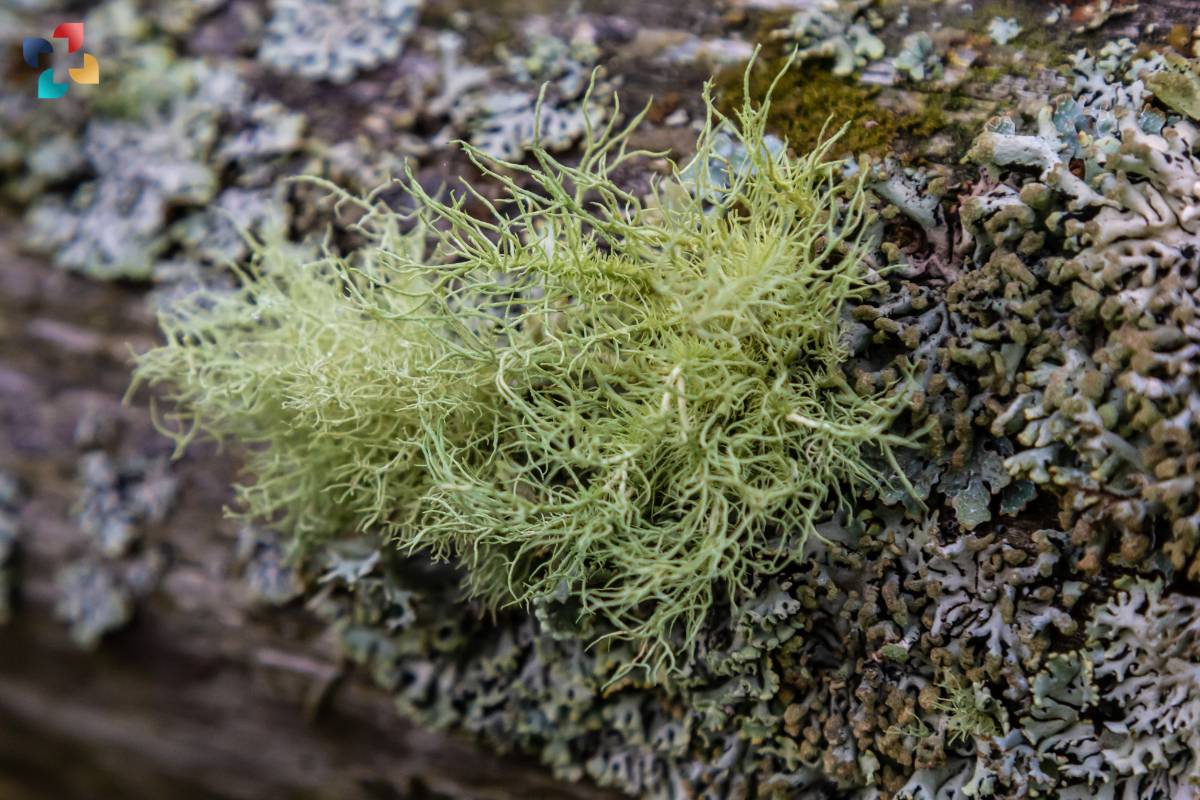Asexual reproduction in plants, also known as vegetative propagation, is a fascinating biological process wherein new individuals are produced from a single parent plant without the involvement of gametes. This method of reproduction allows plants to generate offspring genetically identical to themselves, providing several advantages in terms of efficiency, adaptability, and propagation. In this article, we delve into the mechanisms, benefits, and examples of asexual reproduction in plants.
Mechanisms of Asexual Reproduction in Plants
Asexual reproduction in plants, also known as vegetative propagation, encompasses various mechanisms through which new individuals are produced from a single parent plant without the involvement of gametes. This fascinating process allows plants to multiply and propagate themselves efficiently, contributing to their survival and proliferation in diverse environments.
The mechanisms of asexual reproduction in plants are diverse and ingenious, reflecting the remarkable adaptability and resilience of plant species. By understanding these mechanisms, researchers, horticulturists, and enthusiasts gain insights into the diverse strategies employed by plants to reproduce and spread their genetic material.

From vegetative propagation through specialized structures like rhizomes and bulbs to apomixis, where seeds are produced without fertilization, the mechanisms of asexual reproduction in plants showcase the remarkable versatility of plant biology. Exploring these mechanisms not only deepens our understanding of plant reproductive biology but also offers practical insights into horticultural practices, agricultural techniques, and conservation strategies aimed at preserving plant diversity and ensuring food security.
Asexual reproduction in plants can occur through various mechanisms, including:
1. Vegetative Propagation: Vegetative propagation involves the development of new plants from vegetative structures such as roots, stems, and leaves. This process can occur through methods such as rhizomes, stolons, tubers, bulbs, and corms.
2. Apomixis: Apomixis is a form of asexual reproduction wherein plants produce seeds without fertilization. In apomictic plants, the ovules develop into seeds without undergoing meiosis or fertilization, resulting in offspring genetically identical to the parent plant.
3. Fragmentation: Fragmentation involves the separation of a parent plant into distinct fragments, each of which can develop into a new individual. This mechanism is common in aquatic plants and certain terrestrial species with rhizomatous or stoloniferous growth habits.
Benefits of Asexual Reproduction in Plants:
Asexual reproduction in plants offers a multitude of benefits that contribute to their ecological success and agricultural significance. This process allows plants to efficiently and rapidly propagate themselves, enabling them to colonize new habitats, compete with other organisms, and recover from disturbances such as herbivory, disease, or environmental stress. Unlike sexual reproduction, which requires the presence of compatible mates and the production of gametes, asexual reproduction in plants bypasses these complexities, allowing for uninterrupted reproduction under favorable conditions.

Furthermore, asexual reproduction ensures genetic uniformity among offspring, preserving desirable traits and characteristics observed in the parent plant. This uniformity is particularly advantageous in agriculture, where the propagation of genetically identical plants through methods like cuttings or grafting facilitates the production of uniform crops with predictable qualities. Additionally, asexual reproduction enables plants to conserve energy and resources that would otherwise be allocated to the production of flowers, fruits, and seeds, thereby enhancing their overall fitness and resilience.
By harnessing the benefits of asexual reproduction, plants have evolved diverse strategies to proliferate and adapt to a wide range of environmental conditions, underscoring the importance of this process in shaping terrestrial ecosystems and human societies alike.
Asexual reproduction in plants offers several advantages, including:
1. Rapid Clonal Expansion: Asexual reproduction allows plants to rapidly produce large numbers of offspring that are genetically identical to the parent plant. This clonal expansion enables plants to colonize new habitats quickly and efficiently.
2. Genetic Uniformity: Asexual reproduction ensures that offspring inherit the exact genetic makeup of the parent plant, resulting in uniformity among individuals within a population. This genetic uniformity can be advantageous in environments with consistent selective pressures.
3. Preservation of Desirable Traits: Asexual reproduction allows plants to preserve desirable traits, such as disease resistance, drought tolerance, and high yield potential, across successive generations. This trait retention is particularly valuable in agriculture and horticulture for propagating elite cultivars.
Examples of Asexual Reproduction in Plants:
Numerous plant species employ asexual reproduction as a primary or supplementary means of propagation. Some notable examples include:

1. Strawberry Runners (Stolons): Strawberries reproduce asexually through stolons, which are horizontal stems that grow along the soil surface and produce new plantlets at nodes.
2. Potato Tubers: Potatoes propagate asexually through tubers, which are modified underground stems that store nutrients and develop into new potato plants when planted in soil.
3. Onion Bulbs: Onions reproduce asexually through bulbs, which are underground storage organs composed of modified leaves that give rise to new onion plants.
4. Fern Gametophytes: Ferns exhibit a unique form of asexual reproduction wherein gametophytes develop from spores and produce new sporophytes without the need for fertilization.
5. Clonal Colonies (E.g., Aspen Trees): Aspen trees reproduce asexually through clonal colonies, where individual trees are interconnected by a shared root system known as a rhizome, giving rise to genetically identical offspring.
Conclusion:
Asexual reproduction in plants is a remarkable biological phenomenon that enables efficient propagation and perpetuation of genetic traits across generations. By understanding the mechanisms, benefits, and examples of asexual reproduction, we gain insights into the remarkable adaptability and resilience of plant species in diverse ecosystems.
FAQs
1. What is asexual reproduction in plants?
Asexual reproduction in plants involves the production of new individuals without the involvement of gametes or fertilization. It typically occurs through vegetative propagation methods such as runners, bulbs, tubers, or fragmentation.
2. What are the advantages of asexual reproduction in plants?
Asexual reproduction allows plants to rapidly propagate themselves, ensuring efficient colonization of new habitats and quick recovery from environmental disturbances. It also preserves desirable traits and genetic uniformity among offspring, making it valuable in agriculture for the production of uniform crops.
3. How do plants reproduce asexually?
Plants employ various mechanisms for asexual reproduction, including runners, rhizomes, tubers, bulbs, fragmentation, and vegetative propagation through methods like cuttings, layering, or grafting.
4. Is asexual reproduction in plants common?
Yes, asexual reproduction is widespread in the plant kingdom and is observed in various species across different taxa. Many plants, including agricultural crops, ornamentals, and weeds, utilize asexual reproduction as a primary or secondary mode of propagation.
5. What are some examples of plants that reproduce asexually?
Examples of plants that reproduce asexually include strawberries (via runners), potatoes (via tubers), onions (via bulbs), spider plants (via plantlets), and mint (via rhizomes). These plants exhibit different strategies for asexual reproduction, allowing them to adapt to diverse environmental conditions and propagate effectively.











